I follow a sign on the street and reach an inconspicuous door via a courtyard entrance. Behind it is the Museum of Religious Art of the Plzen Diocese.

Monastery history
The museum is located in the building of the Franciscan monastery at the Church of the Assumption. The monastery was founded around 1300 by the Minorites, and the building was completed around 1380. The oldest walls of the presbytery, for example, date back to that time.
In 1460, by order of Pope Pius II, the Franciscans took over the monastery. Over the years, the building was damaged, rebuilt, expanded and modified several times.

In 1950, the monastery was abolished as part of “Action K” (forcible liquidation of monasteries and Catholic orders of men). Under socialism, the building first served as a youth home, later it was part of the Museum of West Bohemia.
With the change of regime, the Franciscans were offered the monastery for renewed use. They refused and the church took over the property and the building could be gradually renovated. Part of the building is now inhabited, the other part is used by the Museum of Religious Art.
Tour of the Museum of Religious Art of the Plzen Diocese
A surprise awaited me right at the entrance. A door was opened for me and an alley was revealed. This is the oldest street in Plzen, which exists between two parts of buildings that are connected today. The alley is narrow, paved with cobblestones and covered. You can only enter it from the entrance area of the museum and actually the door is always locked. But since I was the only visitor in the entire museum at that time, they were happy to show me the alley.

In a large room with old flooring and only a few exhibits the tour of the museum began. If I understood the short explanation correctly, this was the former monastery kitchen. The stones on the floor were still original.

Around the cloister
From the room of the former monastery kitchen you can get to the monastery cloister. Today, the cloister is used as an exhibition area for the museum.

Here are you can see beautifully crafted figures of, for example, apostles and saints. The figures, such as St. Wenceslas were worked in their typical distinctive style, so that everyone immediately knew who it was. The Virgin Mary and her representation in art is another theme of the exhibition in the cloister.
Through a door in the cloister you enter the monastery garden with its fountain. A quiet and peaceful place with a bench that invites you to take a break.

Another open door allowed me to take a look inside the church of the monastery. You can’t see much because you can’t step inside the church, but I liked what I could see.

I was particularly impressed by the view into the St. Barbara Chapel. What beautifully preserved wall paintings you can see there! I would have loved to sit down in the middle of the room and look at the partly very well preserved pictures in peace. The pictures are so varied and rich in detail, simply beautiful.
What else you can discover in the Museum of Religious Art of the Plzen Diocese?
After taking a look at the cloister with its works of art, I made my way to the second floor of the museum.
In a corridor full of display boards in Czech and English, I walk over creaking wooden floorboards and read about the history of the church, Christianization, the Benedictines and the monasteries – always with a special focus on Plzen. Very interesting, but also not so easy to understand if you are not so fit with ecclesiastical vocabulary in English. But sense-wise I understood a lot.

At the end of the corridor is the library of the monastery. This room was located above the sacristy and was used as a library as early as 1697. Here were bookcases decorated with painted spines.
In other rooms I could see rare paintings and the “treasury” with valuable works of art from the parishes of the Plzen diocese and from the collections of the West Bohemian Museum in Pilsen. I was also impressed by the four large canvas paintings of Baroque masters hanging somewhat hidden at the foot of a staircase.

Tip: I think that you should not miss the Museum of Religious Art of the Plzen Diocese. I was really impressed by it.
Address:
Muzeum církevního umění plzeňské diecéze
Františkánská 11
301 00 Plzeň
Opening hours:
April – October
Tuesday-Sunday: 10-18 h
Monday closed
Admission fees:
Adults: 60 CZK
Discounts are offered.
Disclosure: The visit was part of a research trip to the Czech Republic.






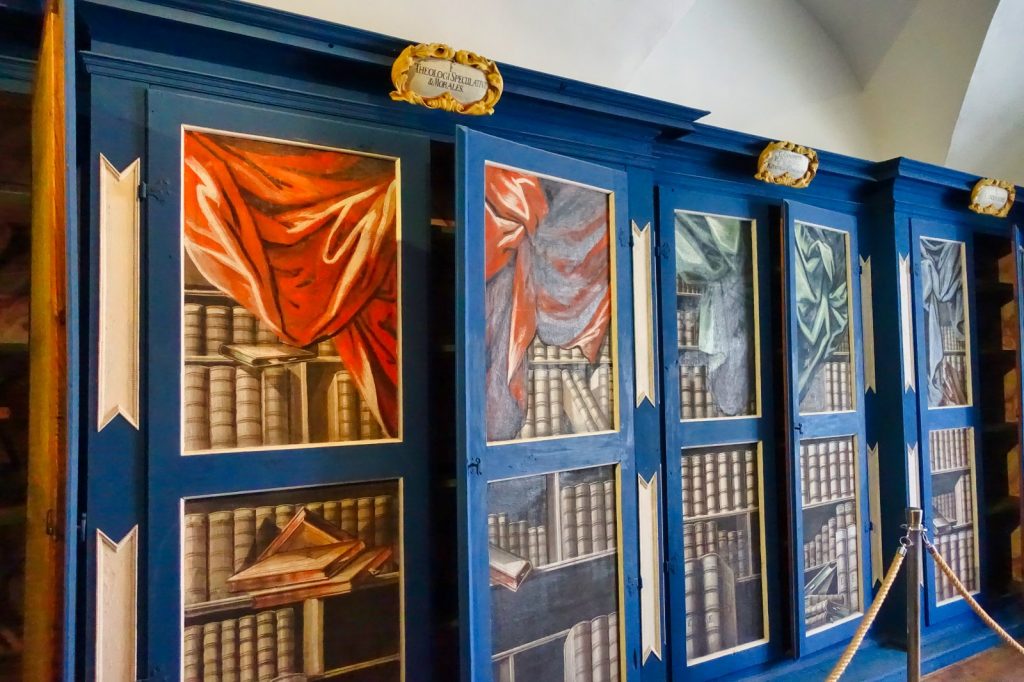




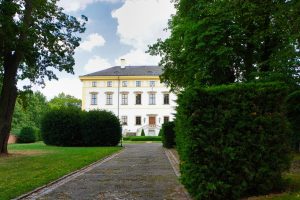







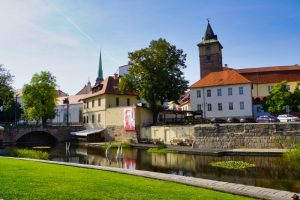









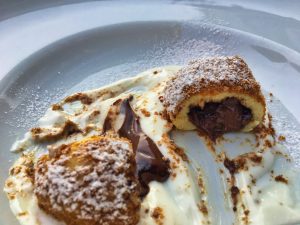

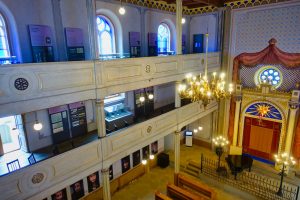

Leave a Reply